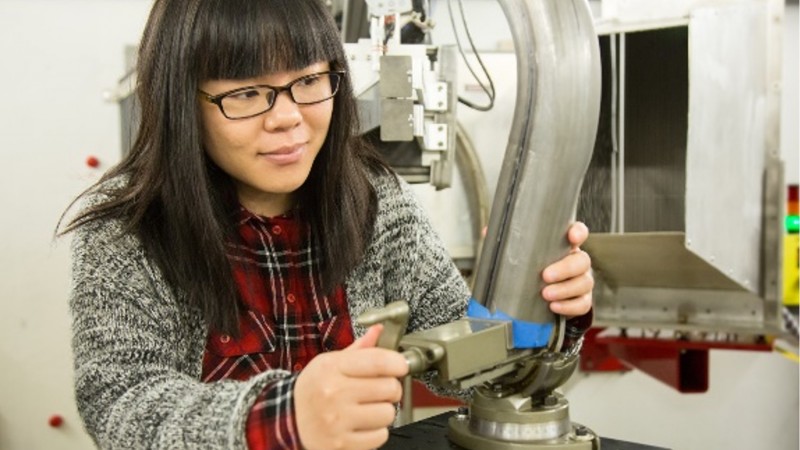Neutrons at work for United States Steel
Neutron diffraction helped United States Steel Corporation (USS) better understand how its hydroformed advanced high-strength steel (AHSS) is affected by residual stresses after manufacturing—in greater detail than possible with any other technique—in real-time, under real-world conditions, and without damaging the sample.
The data collected at Oak Ridge National Laboratory (ORNL)validated the USS’s FEA models and will help improve future models and the understanding of residual stress in components for automotive and other applications.
Neutrons easily penetrate thick, dense materials
Previous studies have shown neutron diffraction is unsurpassed for studying residual stress, because neutrons can easily penetrate thick, dense materials, including metal.
USS researchers used nondestructive neutron diffraction at the VULCAN engineering materials diffractometer beamline—located at ORNL’s Spallation Neutron Source—to study the residual stress profiles of hydroformed AHSS with a 94-degree bend.
For details, see the journal paper at
doi.10.4271/2018-01-0803
Contact
Dr. Ke An
Industrial Liaison
kean@ornl.gov



